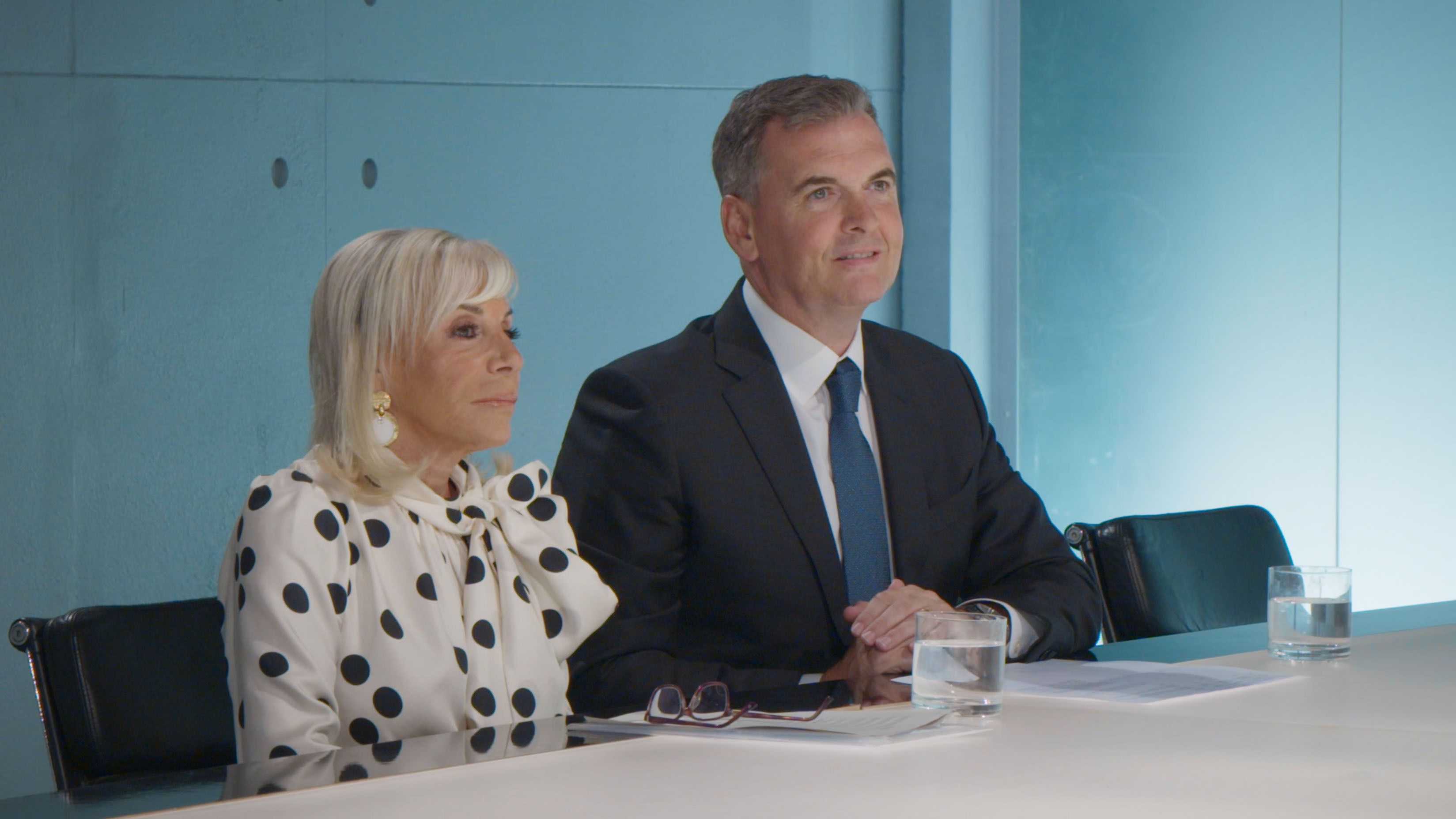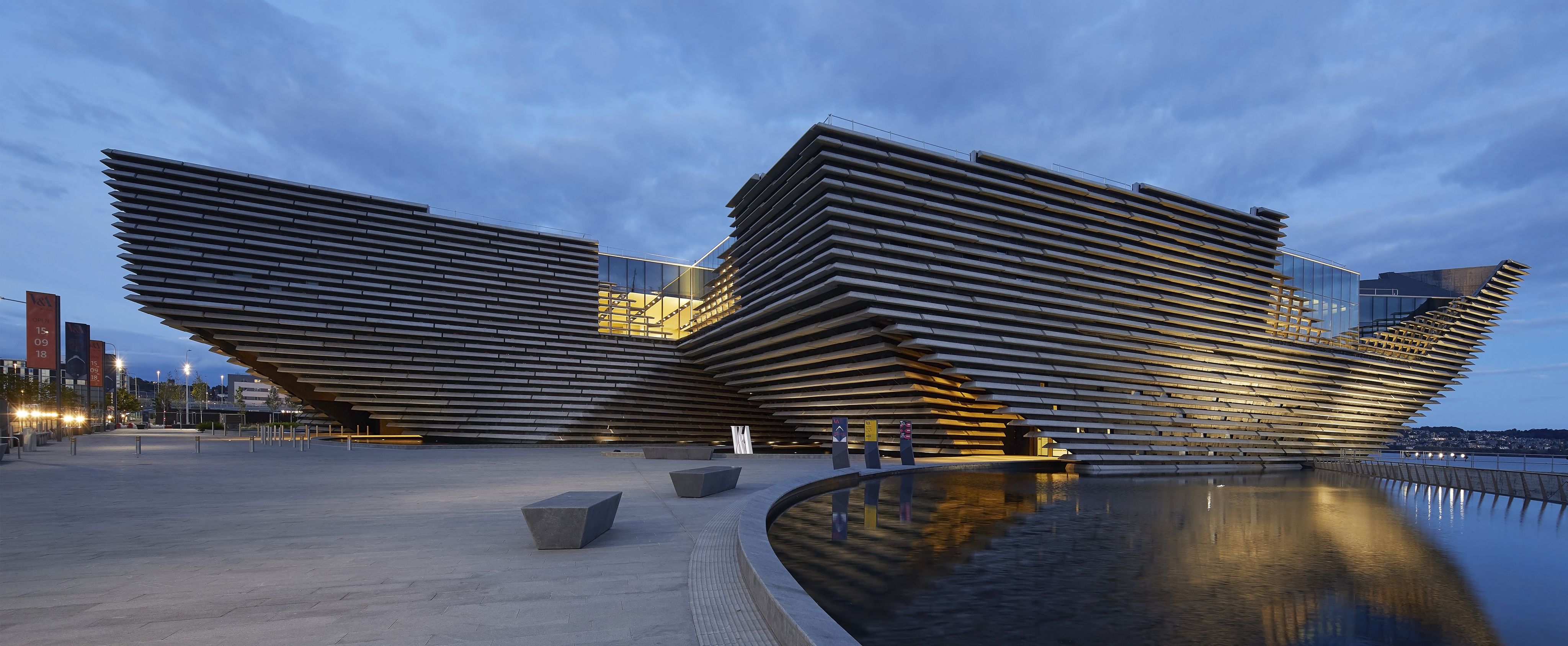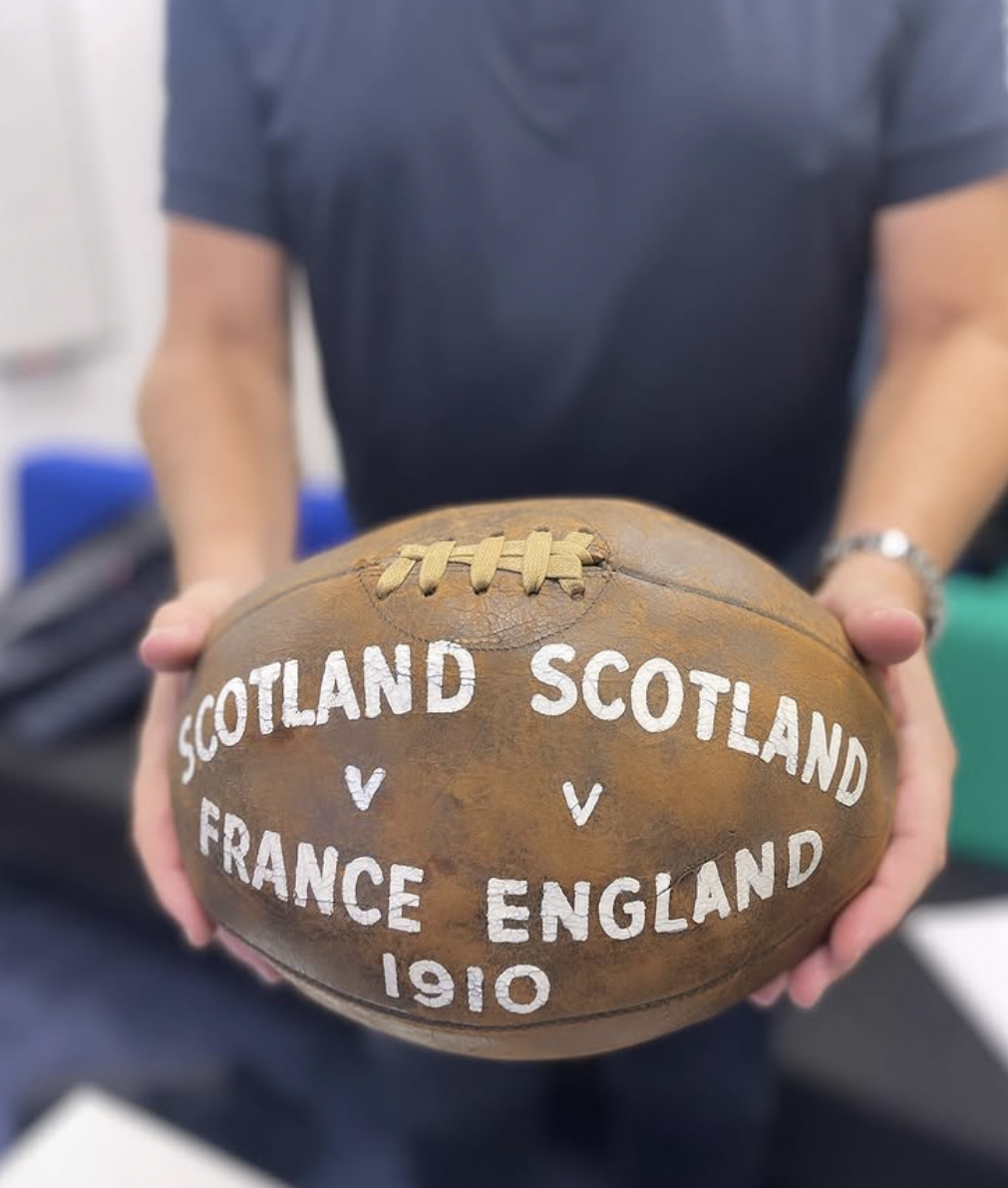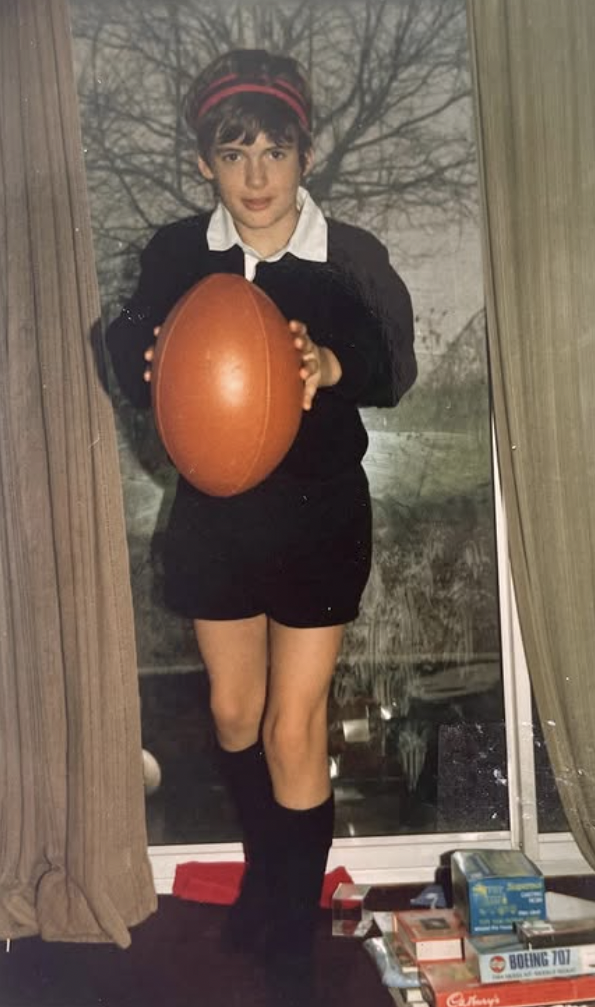The man
with the plan
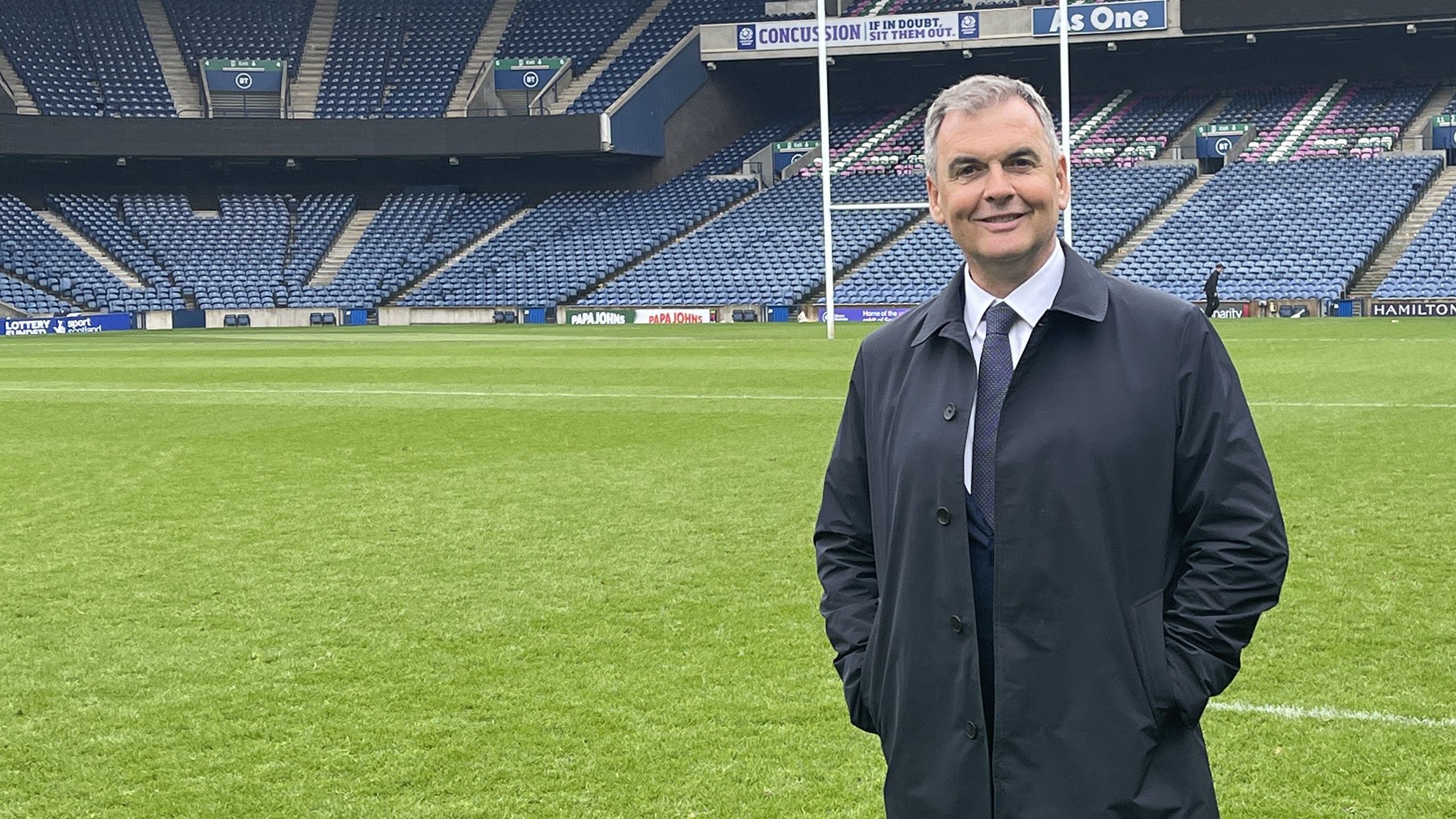
The man
with the plan

After a stellar career in media that included editing famous magazines and launching his own publishing company, Mike Soutar is himself now a household name thanks to The Apprentice, as well as a familiar face in Britain’s boardrooms. He talks rugby, museums and how to write a good business plan
Words: Ryan Herman
Mike Soutar is one of the more recognisable faces in British business. Best known as the man who forensically dissects business plans on The Apprentice, he has also enjoyed a long and successful career in print media, starting out as an editorial assistant, then Editor of various sector-leading magazines (Smash Hits, FHM) before he founded Shortlist Media, publisher of free weeklies Shortlist and Stylist, in 2007.
More recently, Soutar, who was brought up in Fife (though he has now lived almost four decades in London), took up two high-profile non-exec roles at Scottish Rugby and the V&A Dundee, on top of his day job as an investor, consultant and entrepreneur. In this exclusive interview with CA magazine, he reveals what he would do if given a blank sheet of paper to fix rugby’s problems, what makes for an effective non-exec director, and the best business advice he’s ever received. We start off with why you should never use AI to write a business plan.
Let’s start with The Apprentice. You first joined the “Interviews” episode of the show back in 2011, so the candidates would have been mostly millennials. Now there are more Gen Zs. Have you noticed any difference in terms of attitude or ideas? Or is there a certain type of candidate that spans generations?
What I mostly see is a certain character type. It takes a lot of bottle to want to be on there in the first place, and it takes huge amounts of hard work, wit and a bit of luck to get as far as the interview stage. By the time they reach me, they’ve been hardened by that process.
I’d say the people I’m seeing now are just as determined as when I first started on the show. But there’s probably more discussion now about smart working rather than just hard working, more around time-saving and using AI tools.
I see business plans where I think 90% of this has been written by AI, which is a terrible thing. Take writing, for example. It requires you to be clear in your thinking. If something else does the writing, then you haven’t done the thinking. And if you haven’t done the thinking, then anybody smart will smash through it.
I think we’re on the brink of seeing people fail as a result, where superficially everything looks really great, but you find out there’s nothing underneath it because they’ve used other tools to achieve that. It hasn’t quite happened yet, but I’m anticipating it.
Mike Soutar and Linda Plant in The Apprentice boardroom
Mike Soutar and Linda Plant in The Apprentice boardroom
Both as an investor, and also on The Apprentice, I’m very alive to thinking, “This doesn’t sound like a person”. Of course, once you’re suspicious, you start to pry up the corners. You start to think none of this hangs together logically. It’s just a form of cheating as far as I’m concerned. And there’s nothing I hate more than people trying to cheat their way to an investment of £250,000. I think that’s outrageous.
What other common mistakes do people make when putting together a business plan?
Often, the numbers are an afterthought – and actually the numbers should be the starting point for a business plan.
Our readers would agree with you on that!
That’s where everyone needs to start: to know what the assumptions are, where the flex is and what the risk looks like.
Often, with business plans, the narrative is written, then somebody goes to find a person who can do the numbers. Therefore the two don’t gel. So, be really strong on the numbers before you start the narrative.
Cashflow is something people often forget, especially those who’ve never run a business before – and many founders haven’t. That’s a big mistake because almost every business spends before revenue comes in.
When I started Shortlist Media, we raised £4m. We spent almost £2m of that before we got a single pound in through the door because we were being paid between 90 to 120 days later. You can get through a lot of paper and print distribution in 12 weeks. Cashflow is one of these things people always underestimate.
Another mistake – and this doesn’t just apply to The Apprentice – is underestimating the capabilities of competitors. Show me a business plan where you can convince me that the product you want to start is different from and better than its competitors, and then it’s a no-brainer as an investment.
Did any candidates on the show immediately impress you in the interview?
You have to remember they’ve been through 10 tasks by the time they’re sitting in front of me. On each of those 10 tasks, one of the reasons they’ve got through is they’ve been able to throw somebody else under the bus. This is the first time in the entire process that it’s just them, and they’ve got nobody else to blame. The ones that realise this are the ones who tend to do well, the most resilient ones.
One example, off the top of my head, was Ricky Martin in 2012, who went on to set up a very successful science recruitment business [Hyper Recruitment Solutions]. Another was Mark Wright, who won in 2014. What you want is a backable person with an investable business plan, but that rarely happens. So what you’re really after is finding the person who has got the right stuff because businesses change all the time.
More broadly, as an investor, what are you looking for in a modern business?
If a business is not based on really smart tech it can struggle. I’m always looking for businesses that are smarter and more future-proofed because they’re sitting on the right tech platforms, which are platforms they either own or have a large proprietary part in. If you’re using other people’s tech, you’re very vulnerable.
That problem was highlighted by the CrowdStrike outage.
And look at the NHS. If you could implement a really efficient system in the NHS, the productivity you’d get off the back of that would be extraordinary. Successive governments have come along and said they’re going to sort out the tech problems at the NHS. I hope this one does.
You began your career at DC Thomson publishing, based in Dundee. How did that lead to you becoming NED at the V&A Dundee?
One of the board members at DC Thomson was about to leave his board role at the V&A Dundee [and recommended me]. That was over two years ago. The museum opened in 2018, so I’ve been able to help its transformation, which I think is largely completed now, from being a start-up to becoming a high-growth organisation.
Starting a new museum is really tough, which is why hardly anybody ever does it. You’ve got to create a purpose. It’s not just about a building, albeit a wonderful building, and it’s not just about the content, even though that’s hugely important. You’ve got to create a community around it, and that’s a mix of the things you exhibit, but also the experience you give when people are there – things like the cafe and so on. The organisation knew transformation was required in its programme of events, food and drink, and how much content there was, or wasn’t, on display.
Before I joined, I went on Tripadvisor to read all the reviews, and broadly speaking, the most damning always said it was an amazing building with nothing in it. Of course, it is an amazing building, and there’s plenty in it, but you could see what they meant. When I first walked in through the front door, I counted the number of steps until I saw a piece of content. It was 632.
You want it to be around 20. I wasn’t delivering new information, but it probably helped that I was not saying, “Oh, this is all absolutely brilliant. Isn’t it great to be on the board of a famous museum?” Instead, I was saying, “We’ve got to transform the performance here.”
Education
Left school with five highers
1984
Joins DC Thomson, publisher of the Beano and more, writing horoscopes for Secrets and becoming Pop Editor of Jackie
1986
Moves to London to become Press Officer at Virgin Records
1988
Moves to EMAP, becoming Editor of Smash Hits in 1991 and FHM in 1994, later MD of Kiss FM
1999
Joins Dennis Publishing as Editor-in-Chief of Maxim, US edition
2000
Switches to IPC as board member and MD of Ignite, then Group Editorial Director
2006
Co-founds Shortlist Media and Crash Test Media development agency
2011
Makes his debut on The Apprentice where he is still a regular today
2016
Joins board of Independent Press Standards Organisation
2019
Appointed CEO of the Evening Standard
2020
Begins portfolio career as Non-Executive Chairman of Perfect Storm, later becoming NED of V&A Dundee, LoopFX and Scottish Rugby
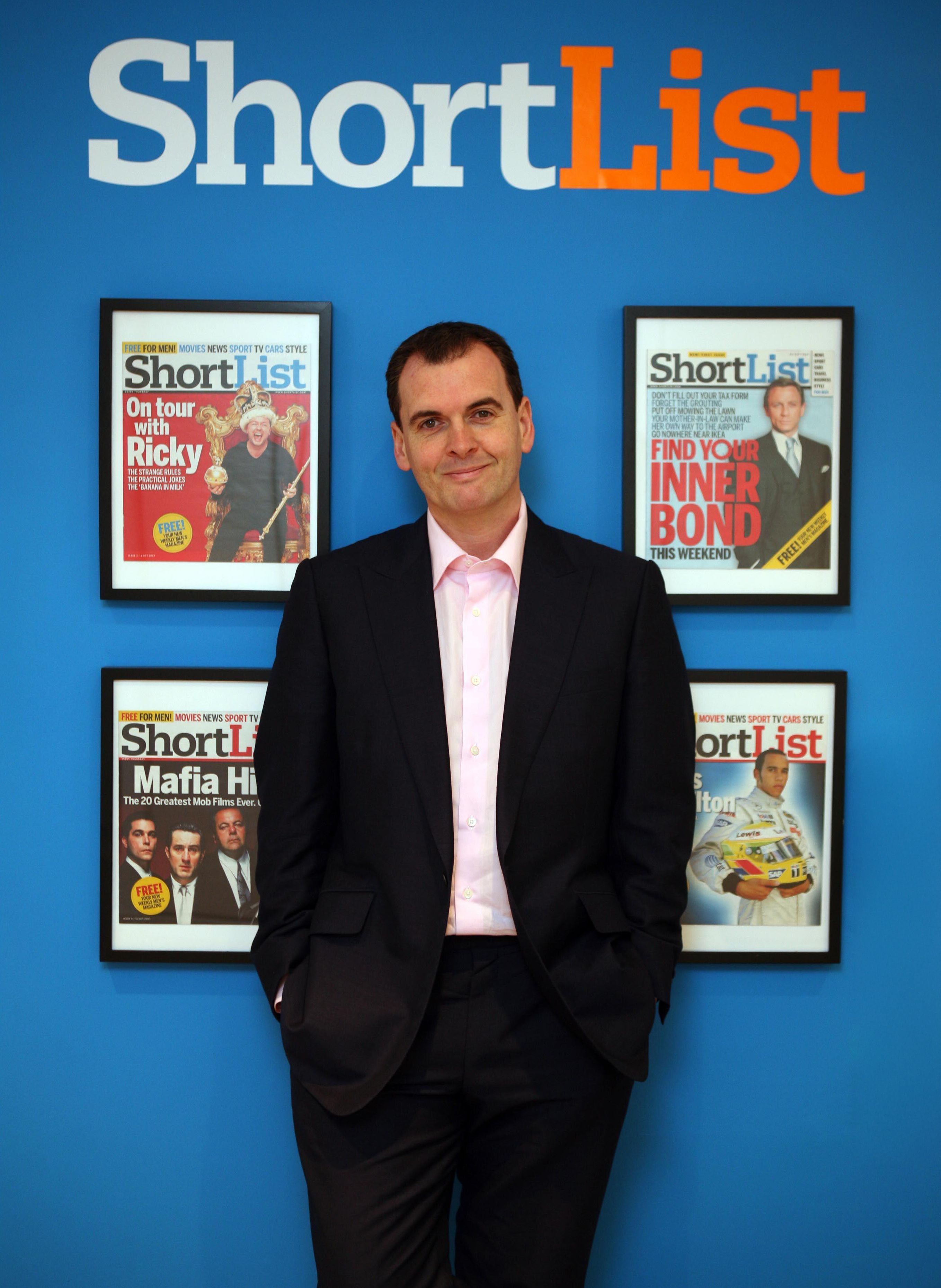
I’ve also had the privilege of working very closely with the executive team, the marketing director, the retail directors and so on, to help them think through their strategic and tactical approaches to making that happen.
The last time I was in there, I couldn’t get a seat in the cafe – for the first time ever. This was in the mid-afternoon, and the place had an amazing buzz to it. That’s the result of all that work that was done. It’s in a really good place now.
What must be done to ensure you build on that success?
It needs to secure further funding. That’s a big issue because governments tend to view arts funding as something they can turn on and off as things get tough. But an arts organisation like the V&A needs to commit to a project about four years in advance – it takes that to go from an idea like, for example, “we should do something about tartan”, to creating the exhibition, because you’ve got to persuade a whole bunch of people who hold those assets to hand them over and pull everything else together around it.
“We did a piece of economic impact analysis on the V&A, and it's extraordinary. In five years, there was something like £500m of additional money that came into Dundee and Tayside and the surrounding areas”
There are no museums that fully fund themselves. All of them rely, to a greater or lesser extent, on public funding. If you don’t know whether you can fund yourself next year, it’s almost impossible to think four years ahead.
So, there needs to be greater engagement from both the Scottish and UK government on making sure the V&A and other cultural organisations have the funding they need. The economic benefit of an amazing museum or cultural institution doesn’t sit on a balance sheet. But we did a piece of economic impact analysis on the V&A, and it’s extraordinary. In five years, there was something like £500m of additional money that came into Dundee and Tayside and the surrounding areas – proper economic benefit. Cultural institutions need to get better at addressing governments in that way.
In 2023, you became an NED at Scottish Rugby, another famous institution but one facing several challenges. As somebody who can bring an outside perspective to the sport, how would you fix rugby?
Rugby has been chasing a vision of a financial future which has not yet come to pass, and that’s partly because the game exists in silos. There’s not enough collective bargaining when it comes to things like television rights. To be a successful, sustainable professional sport, you have to set yourself up against the Premier League, Formula 1, the NFL, the ones that take up 90% of the oxygen. So, you’re either battling for the rest, the 10%, or you have to find a way to compete within that 90%, which I think rugby should try to do. To do that, we have to do the things rugby teaches us in the first place, which is to work as a team rather than as individuals.
Soutar holds the ball from two 1910 Scotland internationals. The ball is on display at Murrayfield
Soutar holds the ball from two 1910 Scotland internationals. The ball is on display at Murrayfield
I can only speak from the Scottish Rugby Union’s perspective, but we have an interesting role to play. The first ever rugby international happened here in 1871 [Scotland vs England, at Raeburn Place, Edinburgh]. We’re a foundation stone in rugby union, and yet we’re small enough and insurgent enough to realise we’re not dominant. We’re not an RFU or French Federation.
But we have to persuade people to work together collectively, because ultimately you have to be able to offer up rugby as a coherent whole to commercial partners and broadcasters. If you and the leagues do your own deals separately, you’ll never get any real money for that because people will just play you off against each other. So you become your own worst enemy.
There are other issues such as attendance and participation…
There are tremendous values within the sport. It’s almost like a game of life. It’s about hard work and teamwork. When I was 11 years old and started playing the game in Glenrothes, Fife, it was something that gave my life purpose.
I owe the game a lot. It shaped me in my early teenage years, both physically and mentally. But it’s also very complex. If you think about it, the ball is out of sight for 20%–25% of the time, sometimes more, because it’s underneath some big ruck.
We need to think about the rules of rugby, and what makes it special, which is the skill in the interplay and the speed. We need to think about the things that probably make it more difficult for a casual observer to come in. You’ve got a set of rules, which, in a very rugby way, they call laws. You can go and play football in a park without a referee – you can’t really play rugby without officials.
However, the game is inclusive and diverse because you can have players of different shapes and sizes. As soon as you play the game, you’re like, “Oh, I see why that was the case.” If you’ve never held a rugby ball, then it’s less likely that you will. So [we need to think] of ways, from a participation level, where you can get people into the game, which requires less commitment from them, both in the game itself and towards it.
Young Mike Soutar finding his purpose with rugby
Young Mike Soutar finding his purpose with rugby
When I was 14–15 years old, if you got picked for the team, you knew you’d play for the next 28 or so Saturdays. And that was great, partly because there wasn’t much else to do, but 14–15-year-olds have more options now.
Think about the [rugby] sevens games played in the Olympics. More people globally watched women playing rugby sevens than would watch men playing 15-a-side. If somebody saw a sevens match, turned up at their club and said, “I’d like to play rugby," and they go, “Here’s your 14 teammates,” they’d be, “Hang on a minute…!”
If we can create a game that’s more accessible and easier to follow but involves less commitment, I think we’ll have more people playing it. And then we’ll have a stronger pipeline of participation, we’ll have larger audiences and we can monetise them better. So that’s my pitch to be the next president of World Rugby!
A lot of CAs are either already NEDs or looking to become one. What do you think makes for an effective independent NED?
Three things. Number one is you need training or contemporary experience in corporate governance because, at the end of the day, you want an executive team that runs an organisation unencumbered by that. You want them to be dynamic and nimble and everything else. But what they need from you is that oversight.
Are the right processes in place from an accounting, ESG or HR perspective? You’ve got all of these different facets of corporate governance, and as an independent director, you need to be up to date with any recent changes. If a CA is thinking they’d like to do this, then explore the courses available. Having that education creates a handy space, and there needs to be a space between you and the exec board.
“If a CA is thinking they’d like to [be an NED], then explore the courses available. Having that education creates a handy space, and there needs to be a space between you and the exec board”
Point two is that independent board directors must have real enthusiasm for the companies or organisations they’re joining. You’re doing it because it’s important to you. You can’t force your will on an executive team because that’s inappropriate, but what you can do is hold them to scrutiny on those areas where you may be an expert. And once you find the weak points, that’s where you can put them under scrutiny.
Thirdly, almost all organisations look to non-executives for ambassadorial roles that will help them bring new commercial opportunities. It's one of the ways in which organisations typically deploy me. Non-exec roles won’t be well remunerated, but they can be tremendously fulfilling.
Last, but far from least, what is the best piece of business advice you’ve ever received?
It’s probably from Sir David Arculus, who was Chairman when we started Shortlist Media. He was obsessed with forward motion and momentum. So his questions were never retrospective. They were always, “What are we doing next? What are your plans?” He explained to me that momentum is one of these things that all companies need to be successful. Once you lose it, it’s almost impossible to get back.
scottishrugby.org, vam.ac.uk/dundee
Enrol for our Corporate Governance: An Introduction course



